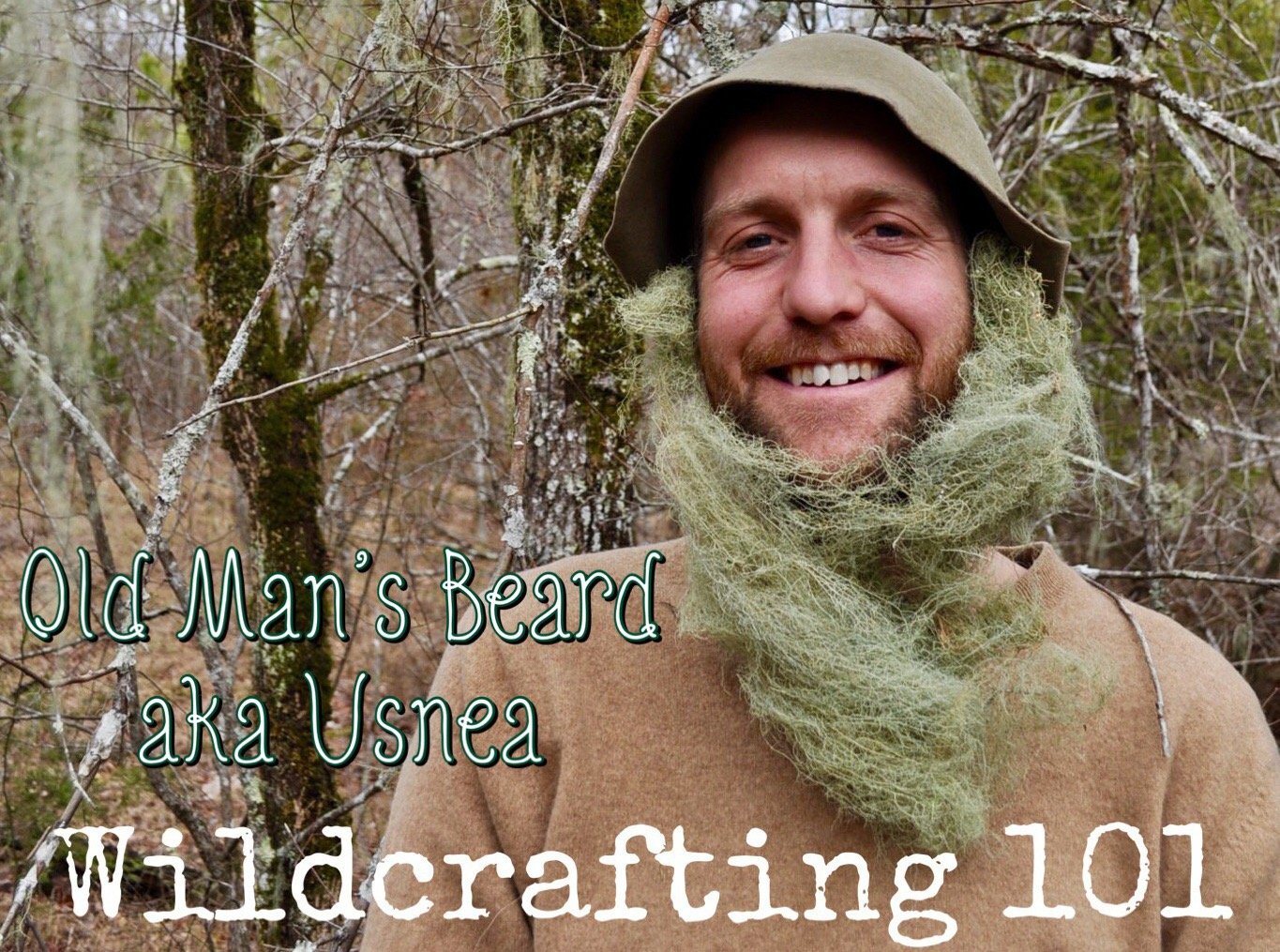
Wildcrafting is the responsible and conscientious harvesting of fungi & wild plants’ leaves, nuts, fruits, bark, root and berries in their habitats. It’s an exciting and empowering way to engage with your ecosystem and meet your needs from the wild.
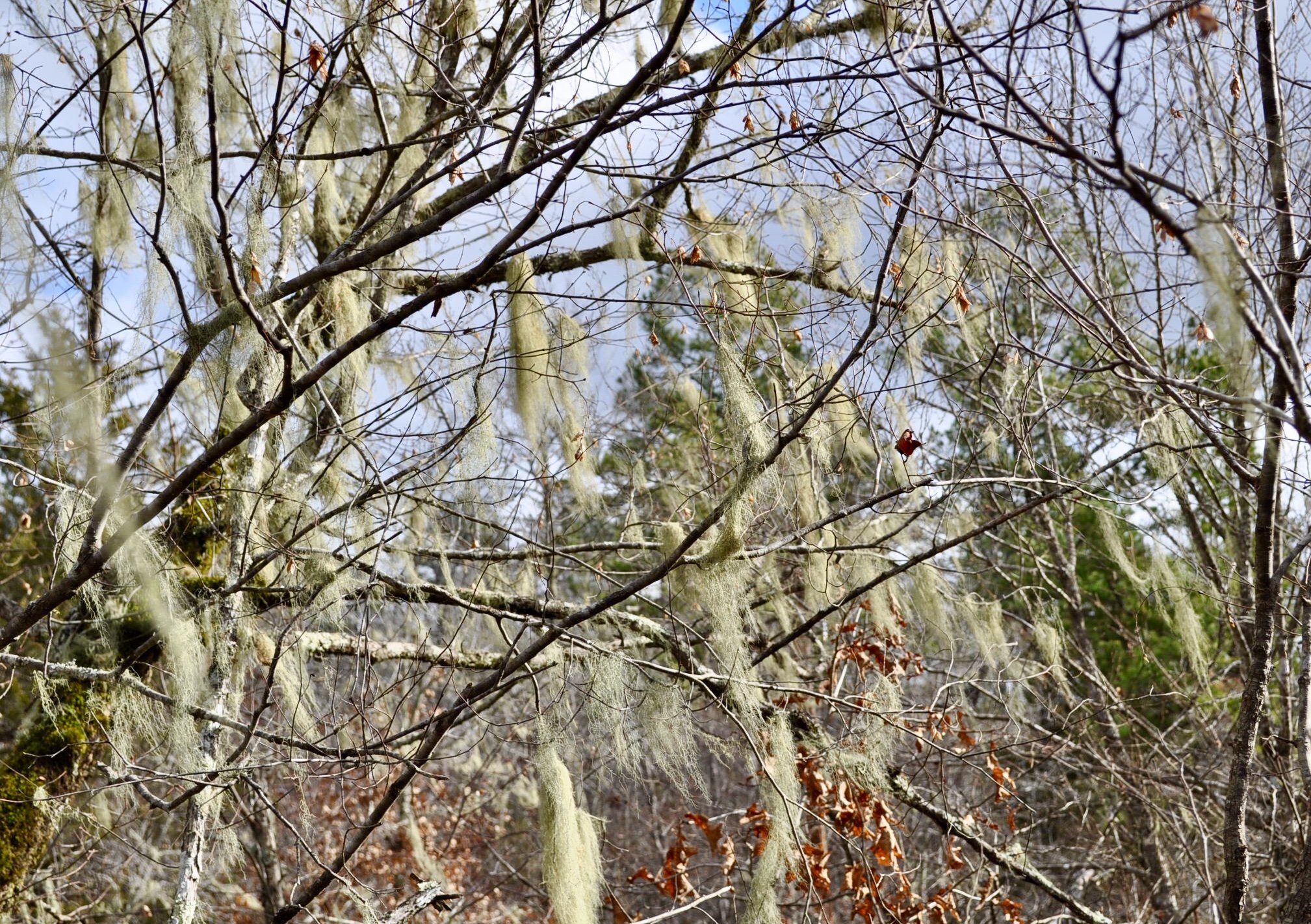
Wild plants carry a vigor surpassing that of domesticated species.
Don’t be fooled into thinking you must go deep into the wilderness. Wildcrafting can be done anywhere, even in a suburban setting. It’s best to familiarize yourself with some easy to identify and common species and make sure you’re not interacting with pesticides or pollution and that the species you’re looking for don’t have poisonous lookalikes (more on all of this below.)
After reading the guidelines and basics presented below, we feel you will have a good start in order to feel comfortable to go out on your own.
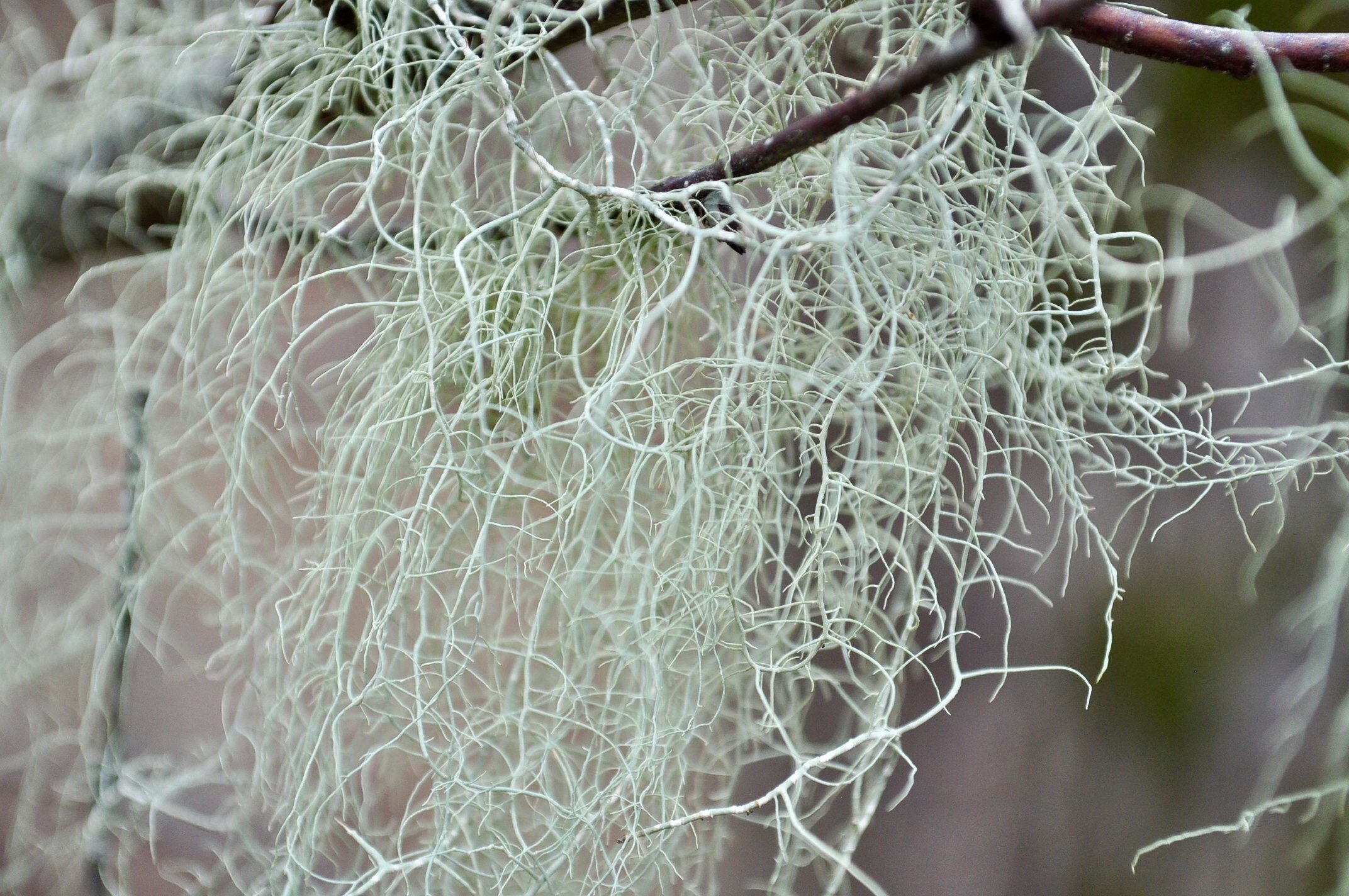
Before harvesting always connect with the plant and give thanks. You are forming a relationship so enter into wildcrafting with this mindset!
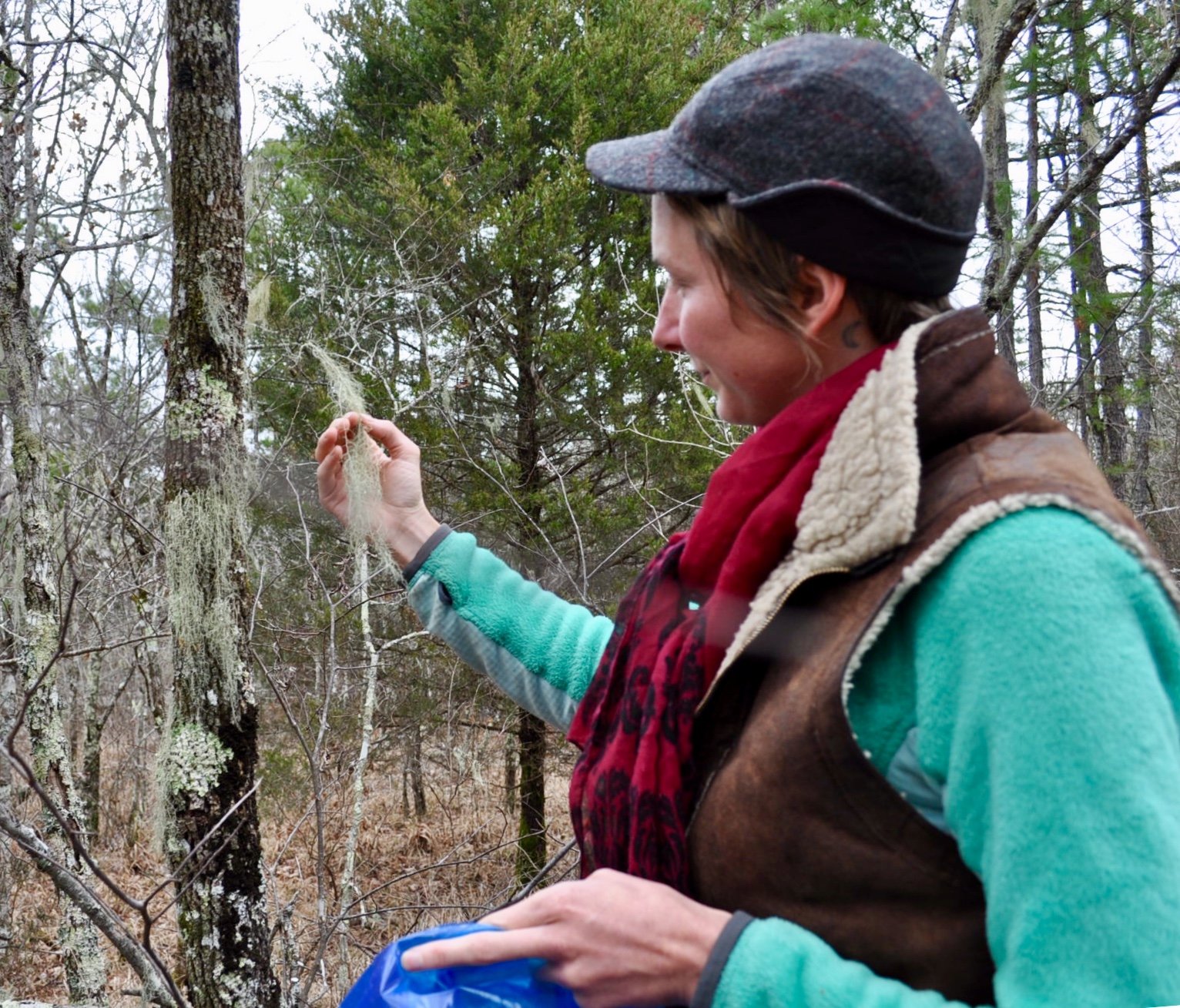
In this instance, we wildcrafted Usnea, also known as Old Man’s Beard for obvious reasons!
Usnea is an easy to find and identify lichen that has antibacterial properties (against Staph bacteria!) and is good for the lungs, particularly in chronic lung issues.
After harvesting, we’ll boil it and then tincture it in alcohol, but that’s information for another post!
ID
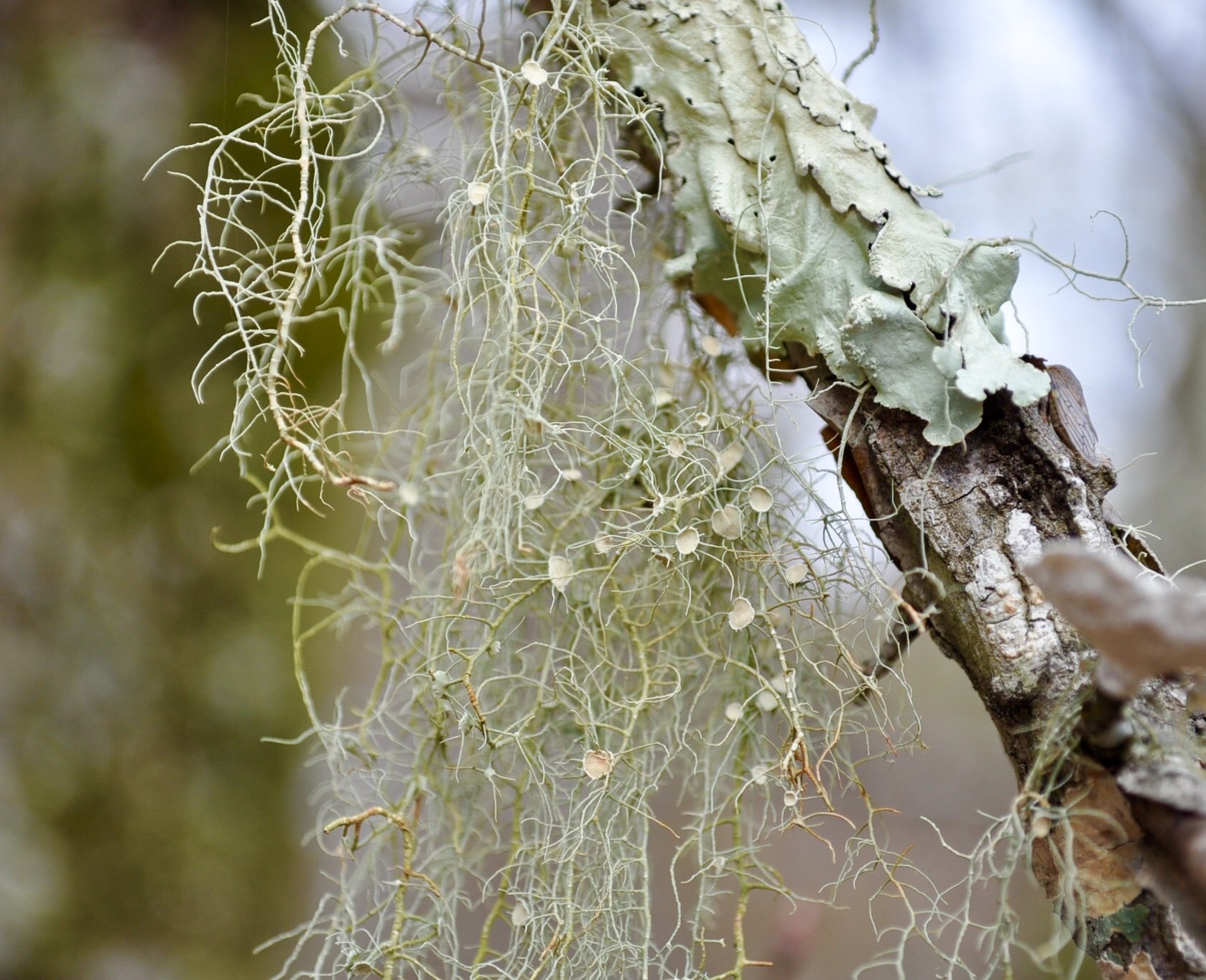
Perhaps the most crucial part of wildcrafting is proper identification. Before endeavoring on a harvest mission, thoroughly familiarize yourself with both the plant you’re after and any common look alikes. You certainly don’t need to be a mycologist or botanist to correctly ID numerous species in your bioregion, but have a good grasp on key identifying factors of the plant and other plants in its family.
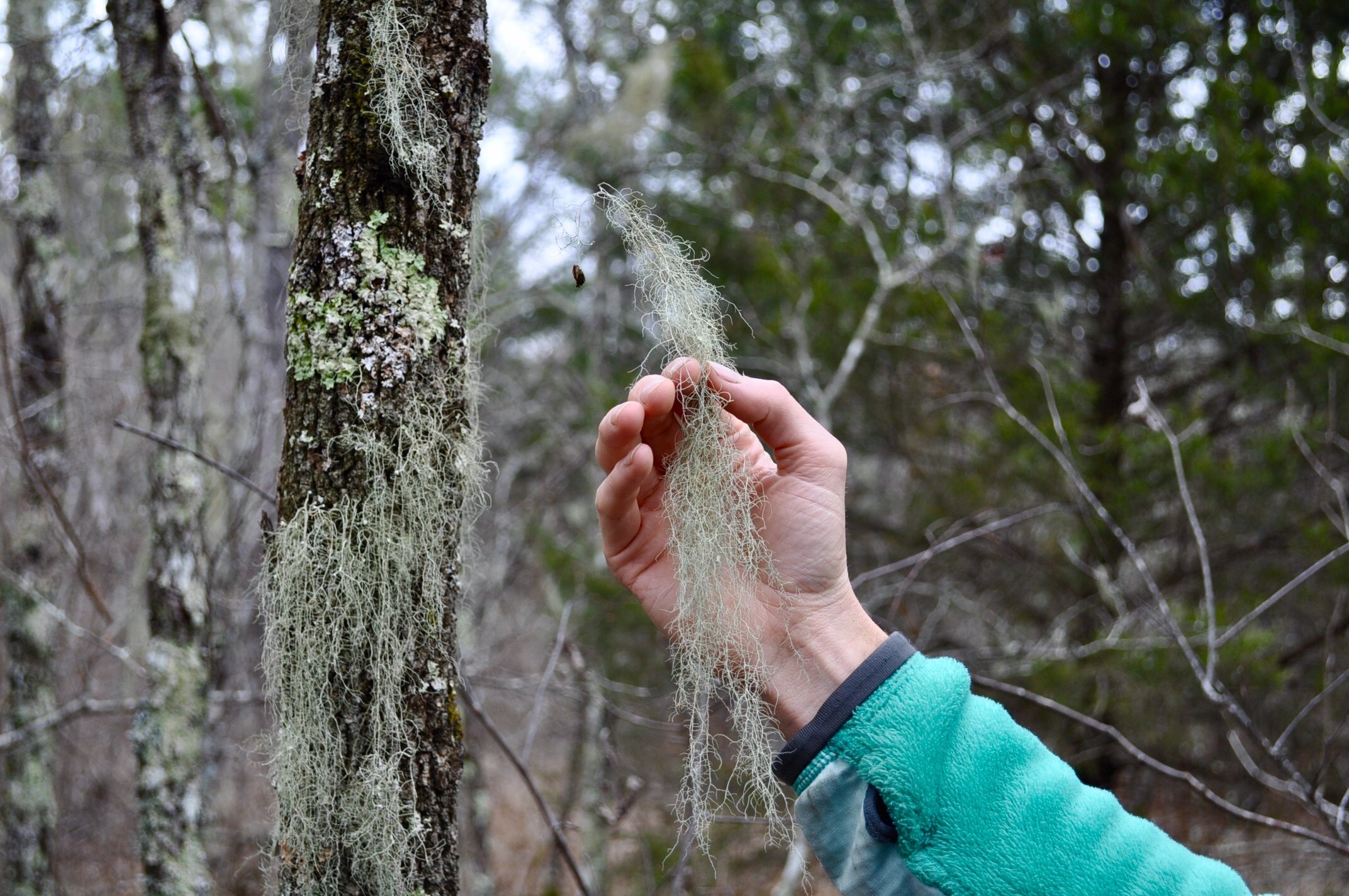
Start with easy to identify plants like dandelion or purslane and build your skills at ID by creating relationships to the plant around you and the people that know these plants. So many folks who are into wildcrafting LOVE to share knowledge. A good field guide is essential, we recommend all those published by Peterson, and I’m sure there are local guides available that will help you hone your native skill set.
Tools of the Trade
The tools are quite simple.
For many expeditions, a way to carry your harvest is all you’ll need. A sturdy sharp knife comes in handy, especially when harvesting fungi. It’s essential to understand what you’re after and how best to harvest for yourself, but even more so for the plant or fungi. In the field of forest, the focus is on ease of movement, keeping it simple is usually best.
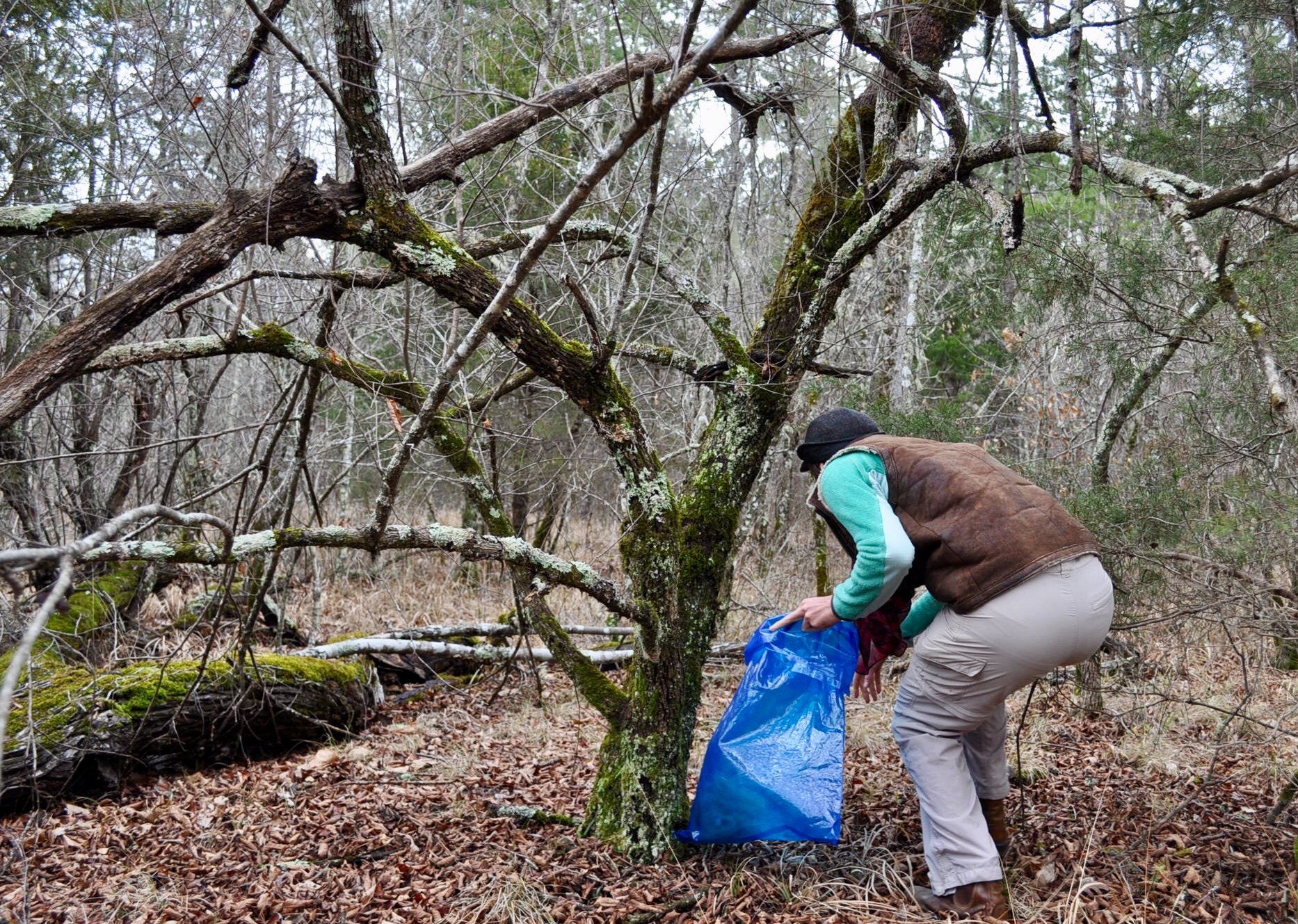
If you’re digging roots, a sturdy trowel, compact shovel or hari hari are keys to a successful harvest. When digging, always return soil to a similar state that you found it in. Remember that you may be hiking a great deal, so often the smaller tools are easier to manage.
Miscellaneous tools like a drying rack and fans (for cleaning and winnowing) may already be lying around your home.
Basket, bucket or bag
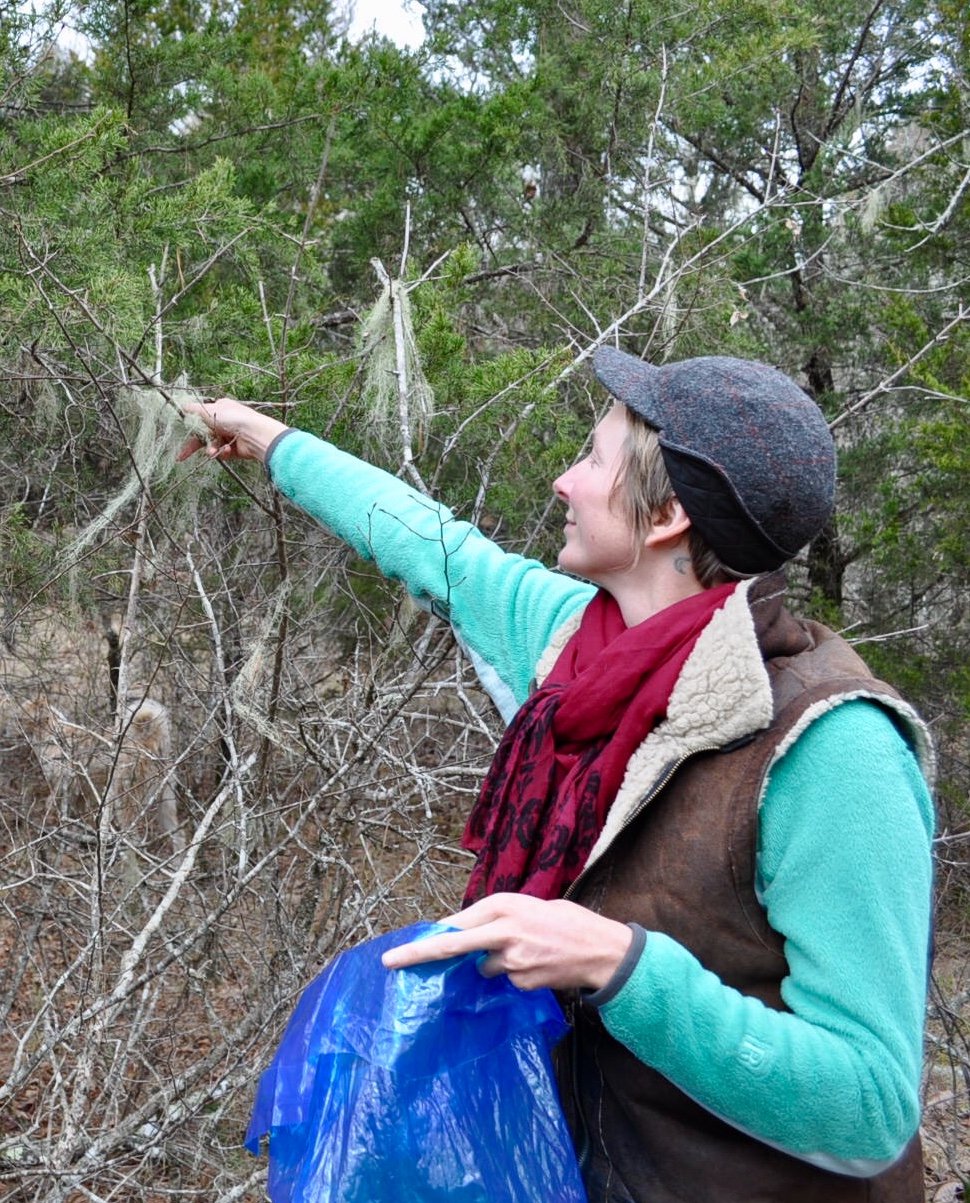
What you’re placing your harvest in is important. The most important element for many item is airflow. Sensitive leaves and fungi do not do well in closed containers like plastic bags and buckets. Loosely woven baskets or buckets with holes drilled in them are good options for harvest containers. For some items and for short times, plastic bags are fine to use.
Habitat & Seasonality
Get to know what areas and conditions the species you’re after like.
- Are they found in moist areas?
- Do they show up after a soil disturbance?
- Do they prefer acidic conditions? etc...
Knowing more about what your desired species prefers can dramatically increase your success and understanding of not only your wildcrafting practice, but also helps to connect you to your bioregion. Once you have a foundation, you can paint a picture of what communities are more likely to be present in different areas.
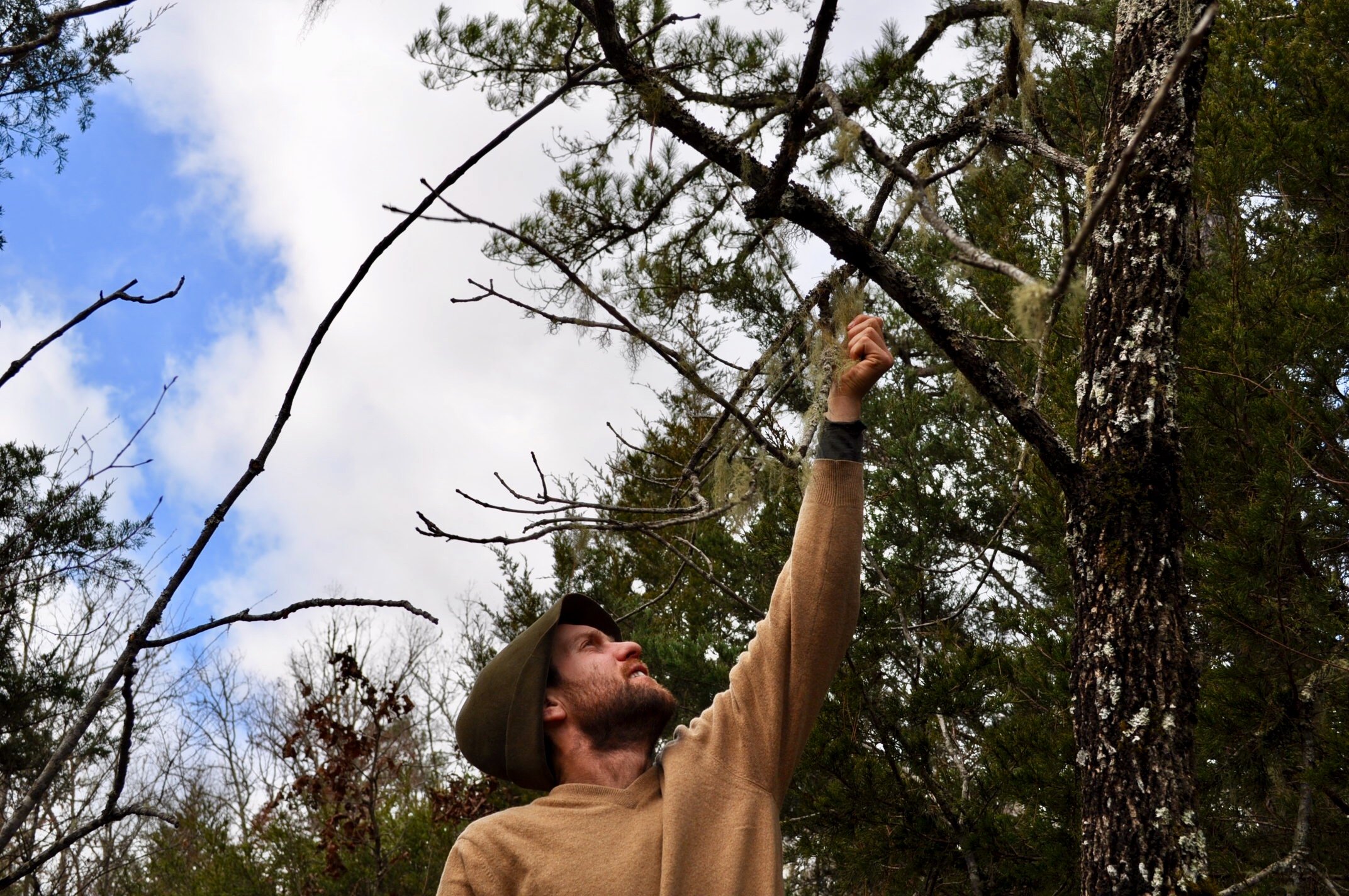
Gaining a relationship with place...
Equips you to return year after year with ease. You’ll start to understand the unique habitats plants grow in and in what seasons they appear. This is nuanced and specific and only people who have practiced year after year truly get it.
For example, I know that each year around a certain week the morel mushrooms grow in a certain spot. I know where the serviceberries fruit first and where the best places to get wild blackberries, hen of the woods, watercress and much more reside. It is the chance encounter on a hike that had taught me many of these. The aha! there you are! discovery. So get out there! Sometimes when you’re looking hard for something you won’t find it as easily as making regular forays into your favorite spots throughout each season.
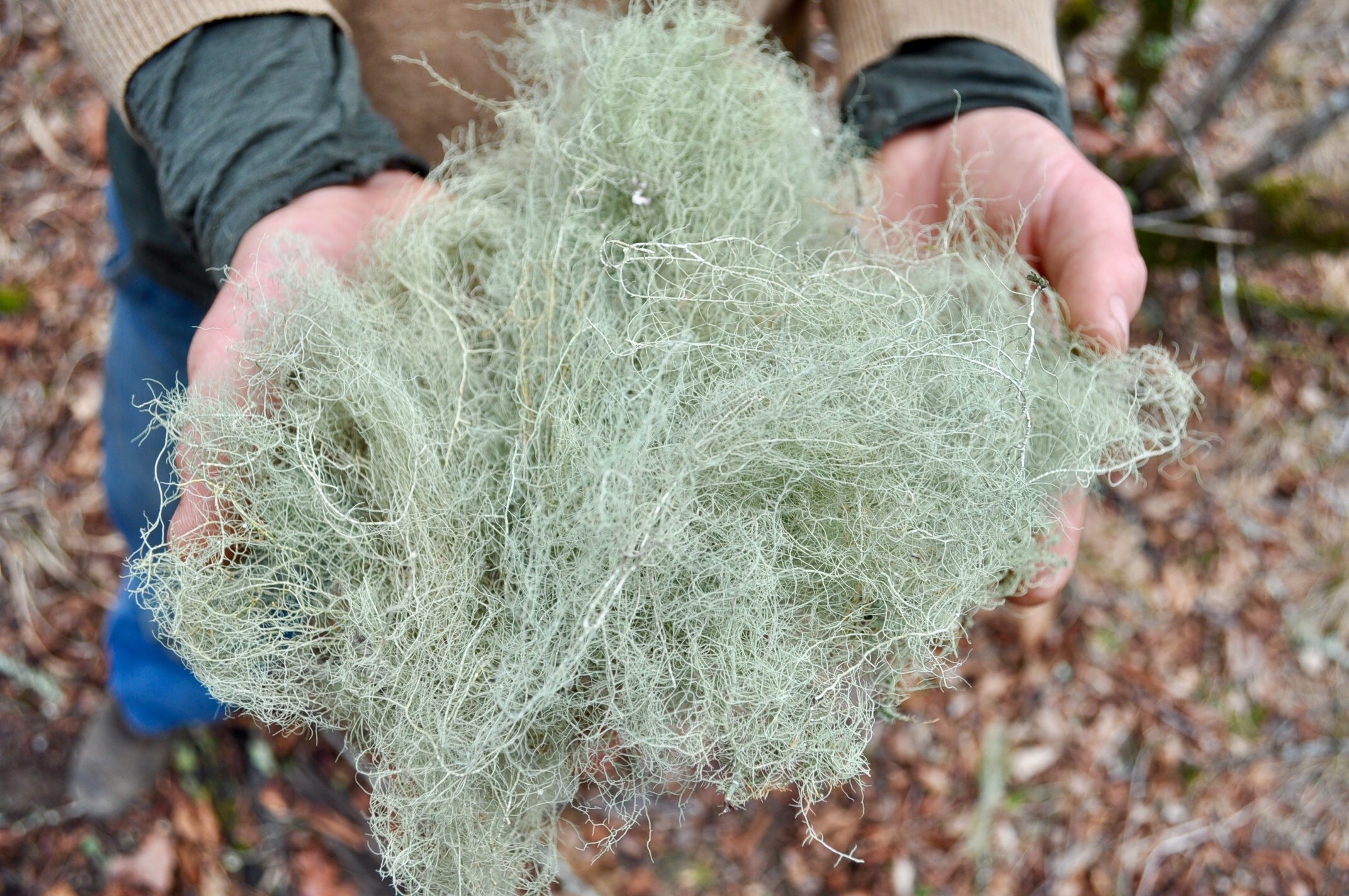
Responsibility
The golden rule of wildcrafting is to never take more 1/3 of what is present, and only harvest from healthy populations. Never take more than 1/3 of a plant (in the case of leaves and flowers) or 1/3 of a stand. This will ensure the continuation of healthy populations.
With sensitive or endangered species be extra diligent. An example of this would be wild leeks (aka ramps). The indiscriminate commercial harvest has negatively effected wild stands in the North East. A solution would be to only harvest the leaves and not to dig the root. Ideally, however, the best rule of thumb is to leave these plants alone.
In the more extreme of goldenseal, we don’t even recommend harvesting wild specimens. We instead choose to cultivate the root under wild simulated conditions, leaving the wild populations to regenerate after years of over harvesting.
The one exception is fruit. Take as much of the fruit as you can use. Most likely your efforts will not take food away from wildlife and you will not detract from the health of the tree or shrub by doing so. You can even spread the seeds from the fruit over a wide range and perhaps even encourage the plants dispersal.
Respect
In the end, only take what you need, don’t be greedy, leave some for others and give thanks.
Processing
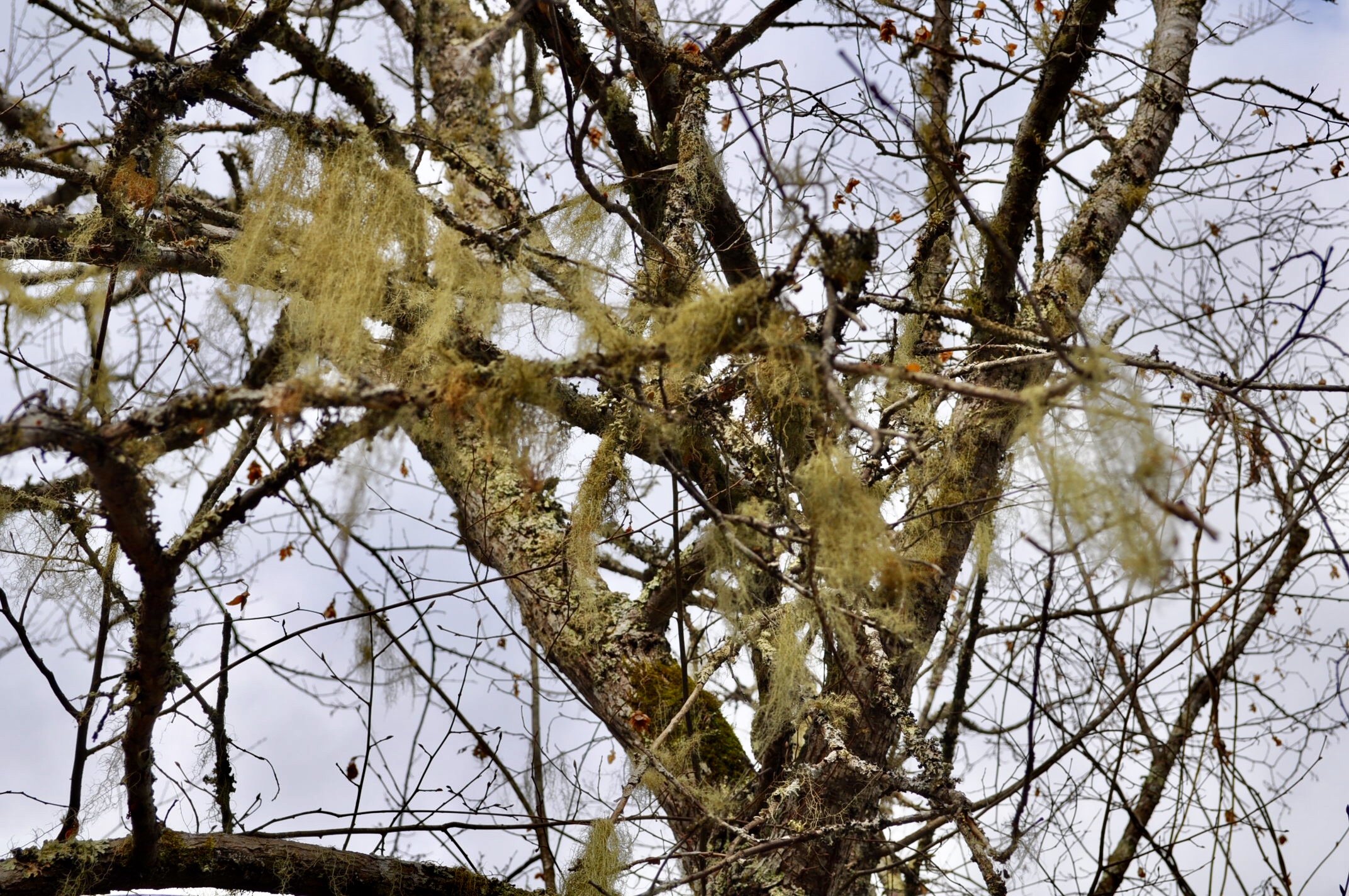
After you’ve harvested, make sure to label right away. It’s easy to think you will remember what you got and where, but once you start collecting more, you’ll be amazed how easy it is to lose track. Make note of where you harvested and the date.
Be aware that the harvest is the easiest part, but processing takes more time and finesse. Wash roots for further use, but don’t chop usually until you’re ready to use (unless the root is very hard). Crushing and leaching acorns, for example, can take a great deal of time.
Find creative ways to extend harvests by dehydrating mushrooms or fruit! You’ll thank yourself later!
A Note on Poisonous Plants
Always be 100% certain of what you are harvesting. If you’re not, don’t harvest it. You can collect leaf or branch specimens to further research at home, but do not eat mushrooms, leaves, berries, etc that you are unable to identify.
This rule extends to the harvest of anything with poisonous lookalikes or poisonous members of the family. Research and familiarize yourself thoroughly with every plant you wildcraft and if the plant has poisonous family members, be extra careful. It is rare, but some plants and fungi cause death within a few hours.
Furthermore, make sure to harvest in pure areas. Don’t harvest within 25 ft of a busy road as the pollution will be in the plant. Make sure you’re not in an area with contaminated soil or runoff. Your body will feel if a place is safe or not, but also do your research.
We hope this has been a helpful intro into Wildcrafting.
Wildcrafting is one of the oldest activities of humans and can make you feel more alive and connected to the earth and yourself. Remember to have fun and give thanks for all the blessings of our abundant earth!
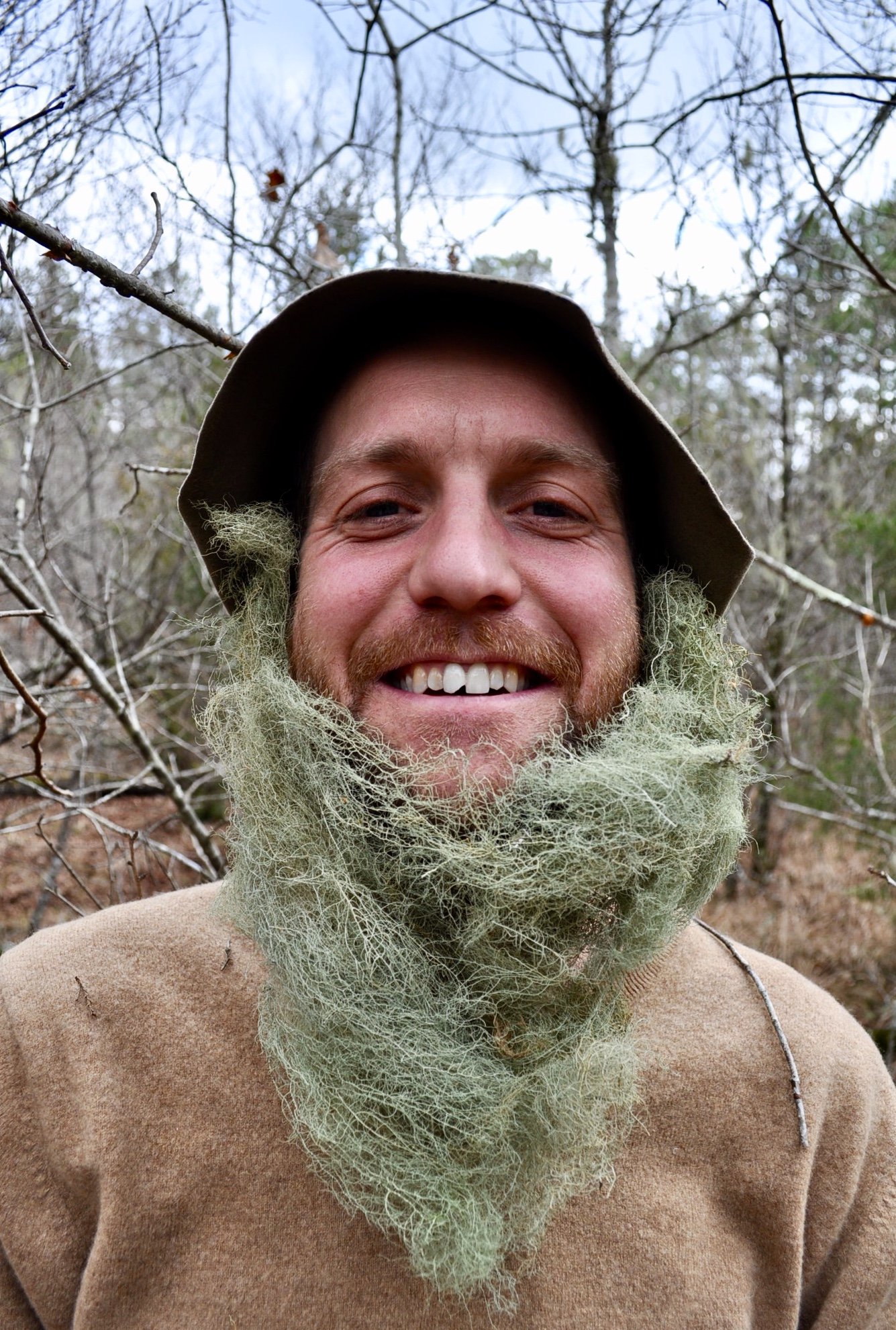
Please feel free to leave any questions in the comments!
This article is an entry into @walkerland’s Homestead Skills Contest!
Blessings!

